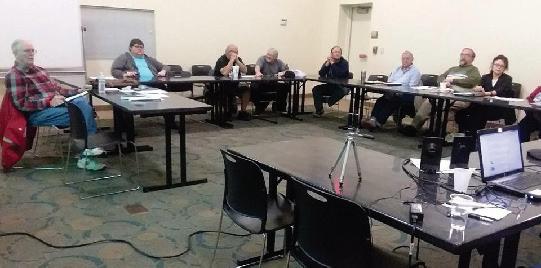Southeast
OHIO WINTER | SPRING 2021
Hometown Hero
Wilkesville World War II veteran, Wendell Earl Chapman knows a thing or two about resilience. p.46
INSIDE:
Reflecting A Region Southeast Ohio in the time of COVID-19. p.28
+
A Great History
David Butcher preserves the legacy of Appalachian diversity. p.22















